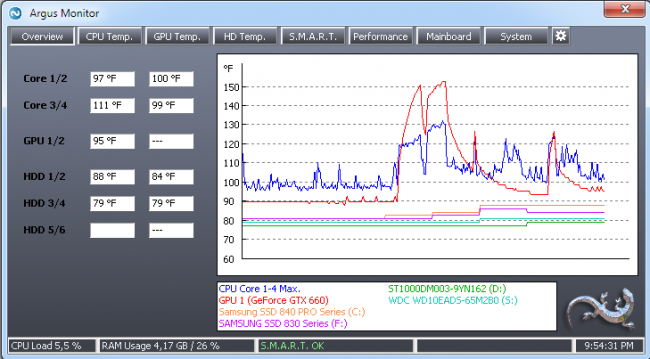

This species is an avid digger and will dig large burrows or take over an already existing burrow, where they spend a sizable portion of their time. They are primarily terrestrial, meaning they spend a great deal of time on the ground. Varanus panoptes is a versatile predator and inhabits a large variety of biomes and habitats. Most Varanus panoptes are yellow in color, with a background of brown or dark tan, but their color often varies on an individual basis or on their place of origin. It is a reasonably lean monitor and does not put on the bulk that other monitors in Africa and Asia do.

panoptes panoptes and the smaller one is V. It's the third largest lizard in Australia, after perentie and lace monitor. The largest specimens can have a length in 1.6 m (5 ft 3 in) and a mass in 7 kg (15 lb). The yellow-spotted monitor displays great sexual dimorphism, with the female reaching an average total length of three feet (90 cm), while the male reaches an average of 4–5 feet (120–150 cm). The overall coloration is brownish in the nominate subspecies, V. Bands of color occur toward the tip of the tail. Large, dark spots appear in rows along its back, becoming especially distinct at the center of the back where they are interspersed with smaller and paler spots. A ground-dwelling species of Varanus, it somewhat resembles the widespread sand goanna ( Varanus gouldii ).


 0 kommentar(er)
0 kommentar(er)
